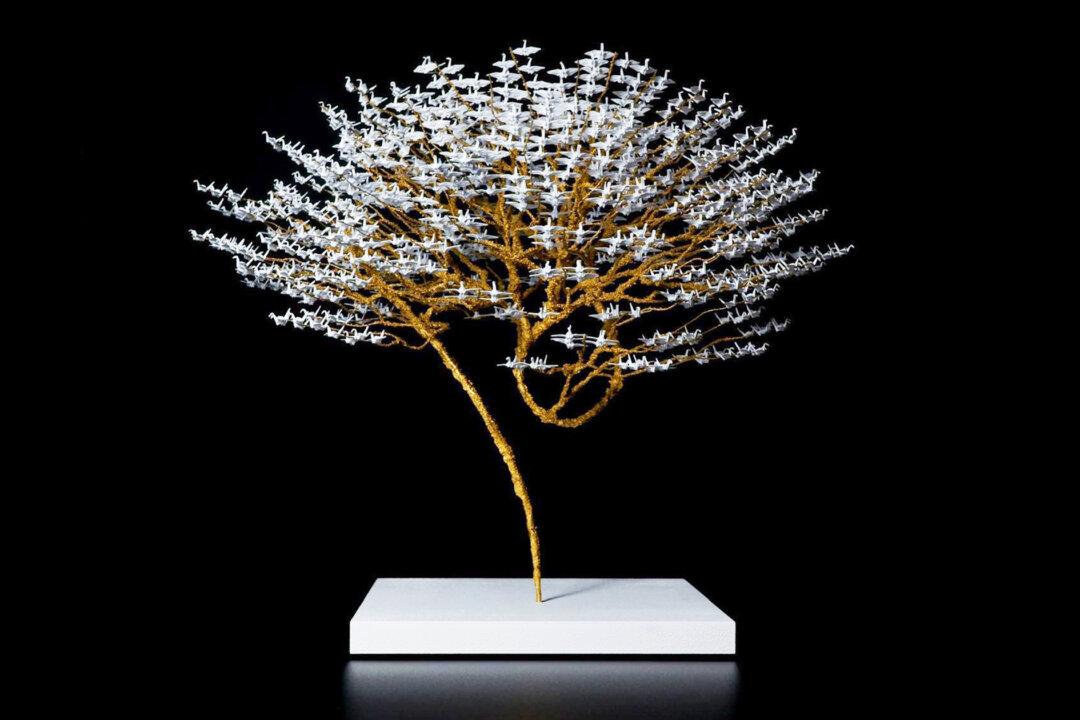A Japanese artist who always considered the origami crane to be tightly linked to war and peace is now giving a new meaning to it by incorporating thousands of them into his works of art. Tiny, hand-folded paper cranes take on new life as “leaves” on the branches of bonsai-style tree sculptures, inviting viewers into a state of contemplation.
For Tokyo-based artist Naoki Onogawa, 30, origami has been a passion since childhood.





